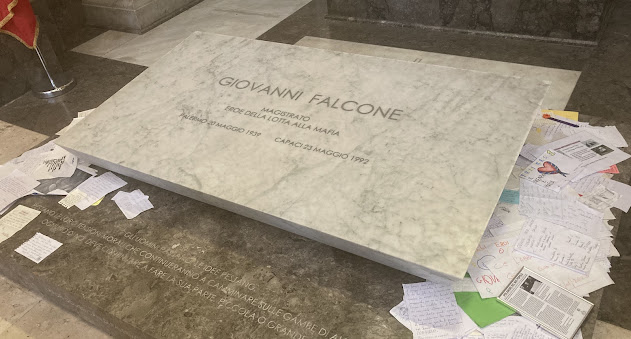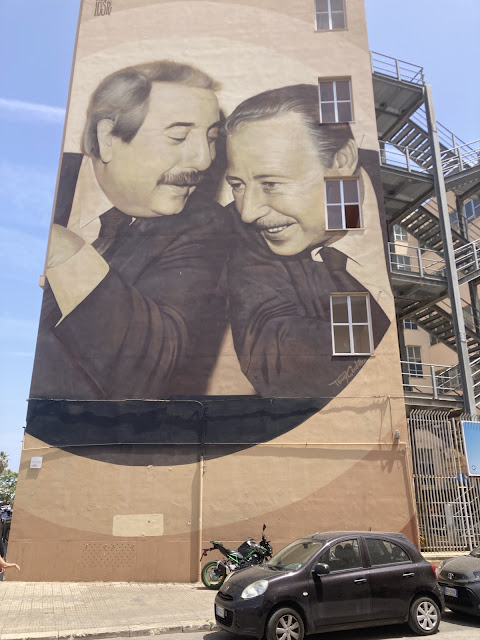 |
| ©Nigel Summerley |
There was just one thing I intended not to miss on the road trip across Sicily: a night out at the Teatro Greco in Syracuse.
Happily, journey's end coincided with the last days of this year's festival of ancient drama and the chance to see an epic performance of Fedra – based on a Greek play by Euripides, but here delivered in full-blown Italian.
The amphitheatre has been on this spot for around 2,500 years, and the likes of Euripides and Aeschylus originally had their plays performed here way back.
The place can seat about 15,000 and was getting pretty full by the time the show started.
It was not a comfortable evening – either for bottoms, squashed onto the hard terraces, or for the emotions, since, as is the way with classic tragedies, there weren't too many of the main characters left standing by the end.
What would Euripides have made of the rock stadium lighting, spooky special effects and over-the-top staging? He probably would have loved it all... The 21st-century crowd, including me, certainly did.
 |
| ©Nigel Summerley |
 |
| ©Nigel Summerley |
 |
| ©Nigel Summerley |


























